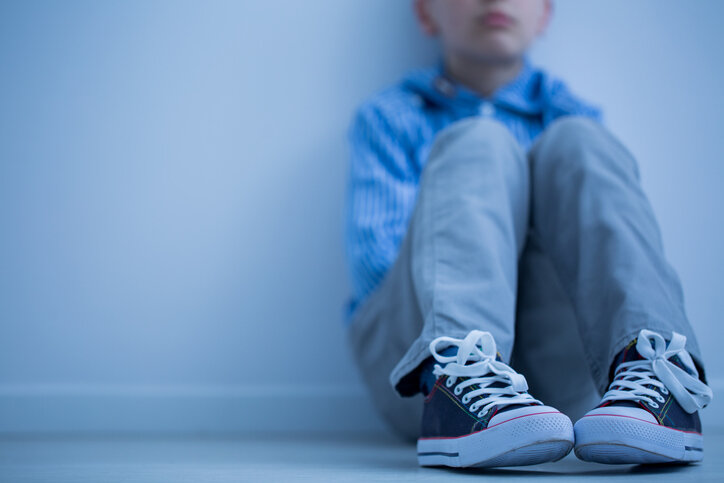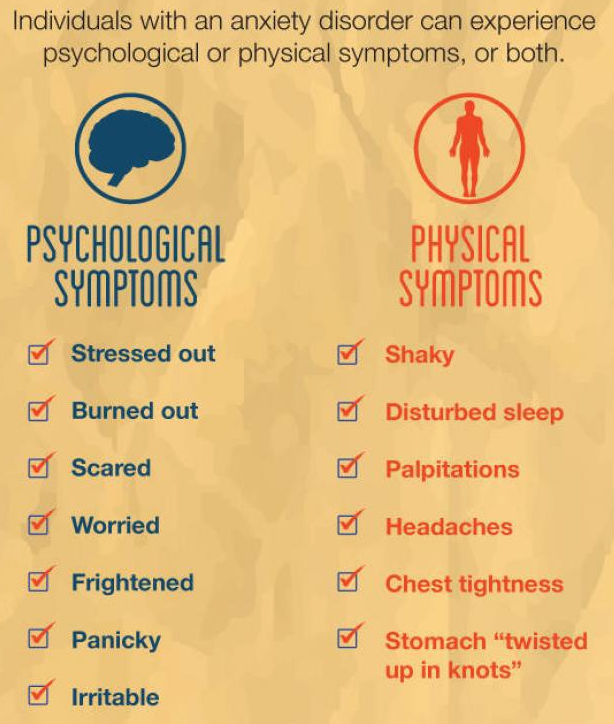Anxiety can be more persistent than stress, causing long-term harmful effects.
The extension of the isolation period due to the pandemic is inevitable. In previous articles, we have discussed how to manage stress and improve the mental health in adults, but in most cases, adults already have the tools to identify that they are stressed and that their routines might be affecting their mental health. But what about the children?
Due to prolonged lockdown measures around the world, many children are suffering from stress and anxiety. What happens when kids at home remain restless despite having a balanced schedule and enough time for interaction with their parents? If ongoing communication and reassurances are not enough to lessen children’s stress and stabilize their moods in this time of uncertainty, we could be talking about anxiety. To learn how to detect and manage it, we need to understand that stress and anxiety are not the same.
Stress vs. Anxiety
The line between anxiety and stress is thin. Both are emotional responses to an adverse effect, but some characteristics distinguish them. Stress, for example, is caused by an external stimulus. This stimulus can be short-term, such as a test or exam, relocation of the home, or a deadline. Long-term factors may include poverty, systemic discrimination, chronic disease, or, as in the present case, a pandemic.
On the other hand, anxiety is not caused primarily by an external element but rather a persistent and excessive preoccupation that could be linked to a stimulus. Still, it does not necessarily require a stimulus to present itself.
The most common symptoms of anxiety and stress are difficulties concentrating, exhaustion, irritation, muscle tension, and sleep problems. However, stress could be classified as easier to manage because its cause is an external stimulus, which is feasible to remove, or the stimulus could end if it is short-term. However, internal dynamics and stresses potentiate anxiety, making it more challenging to identify.
Source: Global Medical Education. (fragment)
Full infographic here.
How to know if it is anxiety?
Anxiety, in both children and adults, is the negative reaction that persists even after an adverse event and its consequent stress have terminated. It can be detected when the same symptoms associated with stress continue or worsen.
In addition to these patterns, children with anxiety may also present a lack of self-esteem and confidence to deal with new things or perform simple tasks, eating disorders, anger, negative thoughts or pessimistic behavior, as well as a desire to avoid everyday activities like seeing friends or taking classes online.
How to cope with anxiety in children?
The hardest thing to understand about anxiety is that it is not a linear progression with a beginning and end. As parents or teachers, we cannot eliminate anxiety in a child; that only can be achieved through therapy. However, what we can do is to help manage it. If the kid’s problem with anxiety has not escalated, teaching them how to tolerate it can make the anxiety disappear over time as the child gains control over its effects.
Another important measure is not to altogether avoid the things that might make a child anxious. While this may make her feel good in the short term, in the long run, doing this can reinforce his anxiety and hinder the development of necessary skills. The ideal thing is to give the child the accompaniment that gradually helps him or her to diminish the stress that is causing the anxiety.
The expectations about helping minors with anxiety problems should be realistic and empathetic. One cannot promise that the situation causing anxiety will not reoccur, but confidently reassuring the child that he or she will be fine, regardless, will give them the tools to manage the consequent negative feelings.
Has isolation affected your children or students? What methods have you put into practice to try to decrease their levels of anxiety? Tell us in the comments.
Translation by Daniel Wetta.
This article from Observatory of the Institute for the Future of Education may be shared under the terms of the license CC BY-NC-SA 4.0 
)
)



)